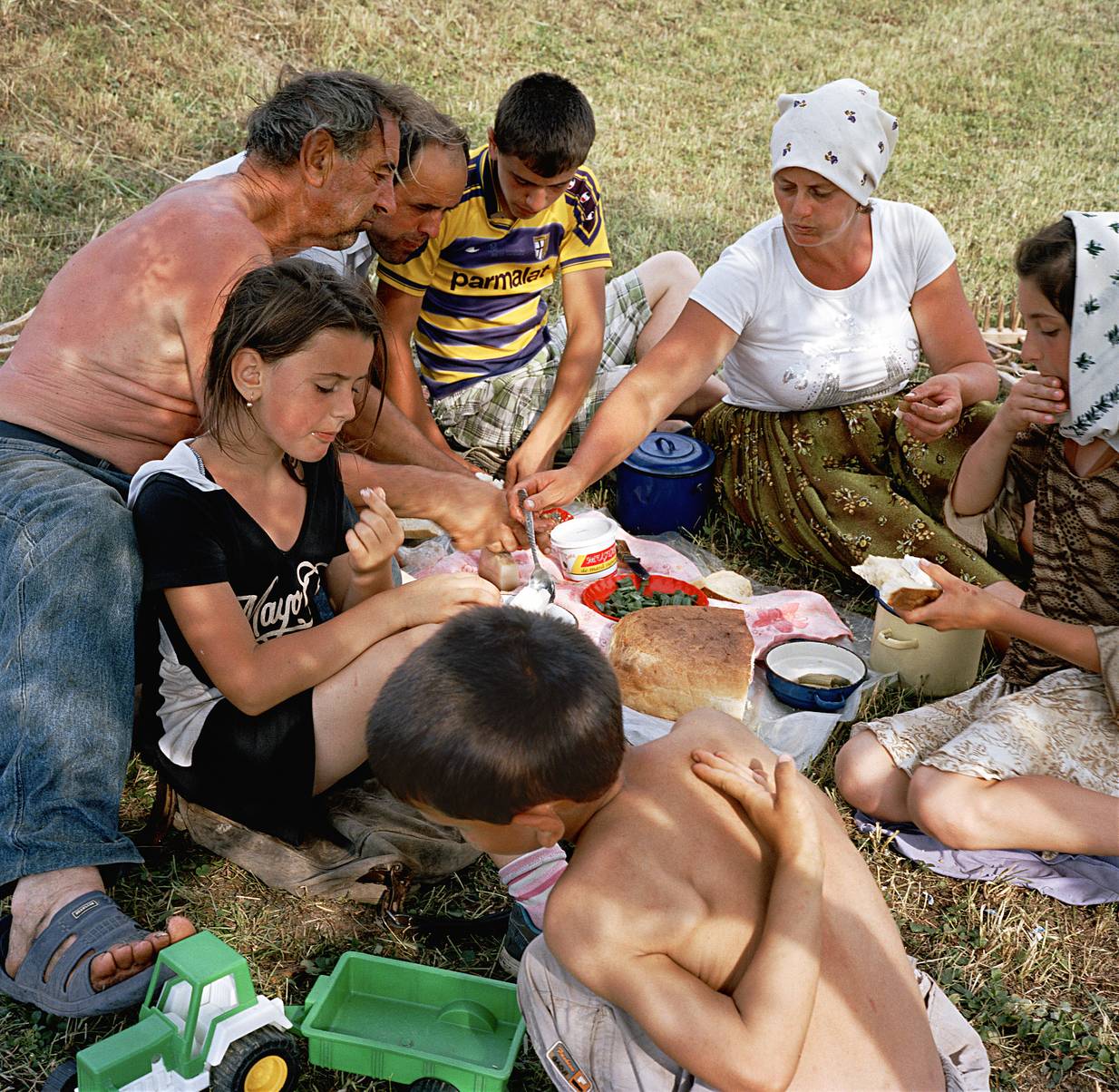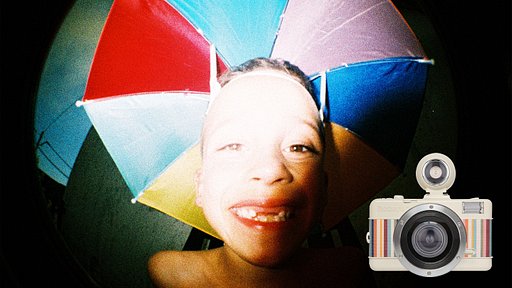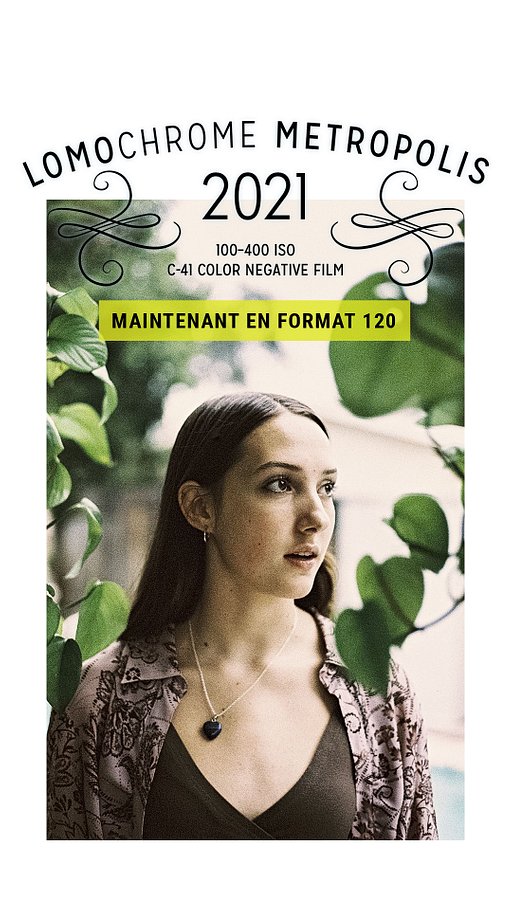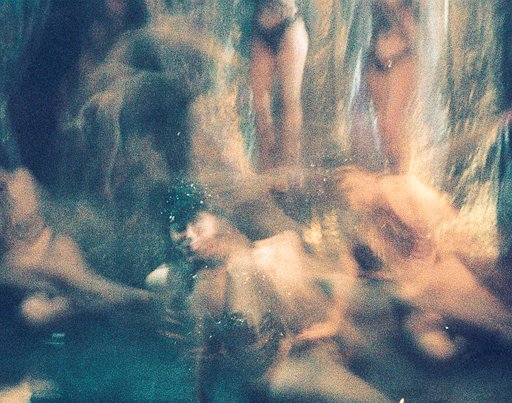Chasing the Horizon — An Interview With National Geographic Photographer Rena Effendi
6 27 Share TweetFrom the deserts of Azerbaijan to grasslands of Transylvania and everywhere in-between photographer Rena Effendi has followed, captured and shared tales of human triumph and defeat, success and failure, happiness and despair. Illuminating close-to-home narratives of paramount value, often taking place beyond the media's narrow limelight. Between her adventures, Rena gave us a rare glimpse into the ideologies at play in her work. Buckle up for a tale of adventure and the human condition peppered with powerful photographs.

Hello Rena! Welcome to the Lomography Magazine. How did your photographic journey start? And what role has it played in your life since?
I came to photography through painting. I struggled with a brush for about two years before I finally decided that painting was not my language. I felt the urge to be outside the artist’s studio, interacting with people and telling their stories. When I first picked up a camera almost two decades ago and walked the streets with it, I felt a sense of urgency and curiosity which continues to motivate and inspire me to this day.

What draws you to the distant corners of the earth and what significance do these subjects, people, and places hold?
For me, social documentary photography is a slow and obsessive form of journalism. As a documentary photographer, I am less concerned with fleeting news and current events. I am after stories that can be a testament for posterity, especially documenting something that is on the brink of vanishing from history, capturing its final moments before it’s completely gone.
For example, one of the first places I photographed was Mahalla, a neighborhood in Baku, the city where I was born and grew up. I spent four years photographing the urban changes there, I observed entire streets being demolished and people moved from their old homes to the edges of the city in an all-sweeping construction boom. These pictures are now a vestige of my city’s old look, I have captured its face and the unique culture of Mahalla before it was completely wiped out. As the pace of news is fast and priorities change all the time, I also feel it’s important for me to document stories in places around the world that have fallen off the radar of the world media’s attention.

In your opinion, how would you define the power of the camera? What makes photography a medium of such genuine, and compelling power?
Photography is a powerful tool that gives me a license to be in places where I otherwise would not be. It opens doors into the most intimate situations and gives me the courage to ask hard questions. As I win the trust of people and communities whose lives I portray, I also feel the responsibility to be a good and honest conduit between them, their stories and the public audience. What compels me the most is to make sure that the portraits of the people I photograph convey dignity rather than misery, in spite of the hardship they experience in their lives.
I try to capture their human resilience, the indomitable spirit, such as that in the eyes of a young Congolese woman who witnessed her family members fall under attack of the Lord Resistance Army. In the faint smile of an elderly woman who — for her survival and sustenance — foraged for mushrooms and berries in the radioactively contaminated forests of Chernobyl. In the wrinkles of a Native American mother in North Dakota who experienced sexual abuse as a child. All of them are the noble survivors of trauma, disaster, conflict, and loss, but all have learned to cope, all picked up the broken pieces of their lives and moved on. It’s their strength that becomes the most important story for me to tell with my camera.

In an undeniably digital age, why do you still choose to shoot on film?
I work with a medium format film camera which slows me down and compels me to work in a very deliberate way. I know that with only 12 frames on my roll of film I have to be hyper focused and work so much harder for each shot. I like working within these limitations. It’s a matter of self-discipline and not just aesthetics. I shoot a lot less with film than I do with a digital camera and I end up with better shots, and less time spent in editing and post-production. Using a film camera does not preclude me from participating in the digital age. I make digital scans from film for both online magazine publications and the immediate audience engagement in the various social media platforms that I use for my work.

What is your favorite story you’ve captured over the years?
I went on a 1,700-kilometer journey along the pipeline carrying crude oil through Azerbaijan, Georgia, and Turkey. I started out in Mahalla, a small neighborhood in Baku where I witnessed unraveling urban and social change — old homes and courtyards were demolished to accommodate new construction fueled by the oil boom.
Residents of this impoverished neighborhood were pushed out to the edges of the city, their homes bought by private developers and replaced with the faceless modern high-rises. This walk in the Baku neighborhood led me to other stories on the subject of oil and how it affected people’s lives.

I realized that there was an invisible thread that connected them all, so I set out to document the human cost of the resource-based economy. As a result, I followed the Baku-Tbilisi-Ceyhan pipeline through three countries ending up in a small fishing village of Yumurtalik, Turkey. There I met a group of fishermen who hired a lawyer to represent them in a lawsuit against the pipeline company — who promised them inadequate compensation for their lost livelihoods. The fishermen told me that I was the first journalist to come and listen to their story. I realized that the success of this mega pipeline project muted the voices of the ordinary people who lived along the pipeline carrying millions of dollars worth of oil daily. None of that wealth was destined for them. I was shocked by the stark contrast between the wealth that the pipeline represented and the destitute nature of communities living in its direct vicinity.

Ever since this project I have been driven by the themes of social justice, especially in communities and places around the world that lack the media’s attention. I have been fortunate to work on several stories for the National Geographic magazine, which has provided me with time and resources to document the human condition around the world in a profound and in-depth fashion.
What to you is the linchpin of all great photography?
Humanism and honesty is the linchpin of all great photography.
Any plans for the coming year?
I am planning to continue the work I started in 2013 in Spirit Lake Native American reservation in North Dakota. The project portrays the effects of recurrent abuse and generational trauma which plagues life in this small community and other Native American reservations nationwide.

écrit par sameder le 2018-08-27 dans

















6 commentaires